There had been personnel changes since June and a change of focus at LIRE, so I did my best to fit in and be useful.
Part of our duties up there was to do tests on some Vietnamese-designed fixed cook stoves. These were made of local building bricks with a cement top, pretty massive fellows! We conducted the Water Boiling Test on three of these stoves and one traditional, 3-legged stove for comparison. The massive stoves performed quite well, though it was a very small sample that we tested and the conditions were somewhat less than scientific.
The Laotians have to be the most mellow people in Asia. There is a regional proverb that I will paraphrase in closing:
“The Vietnamese plant and harvest the rice, the Thais sell it and the Lao listen to it grow!”

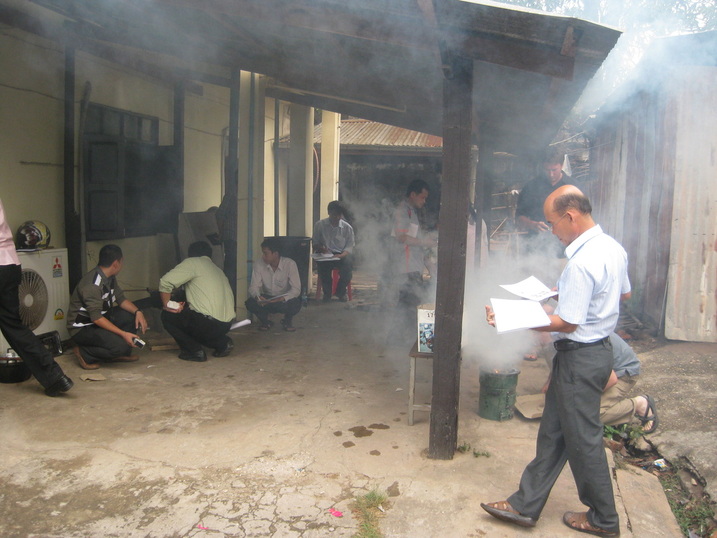

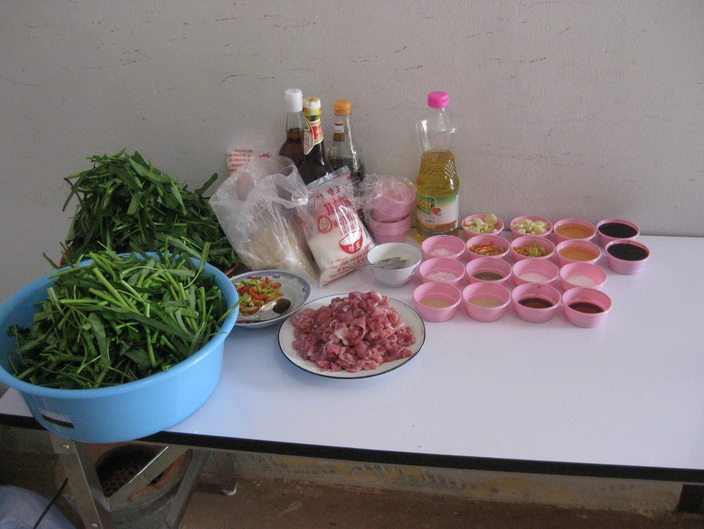
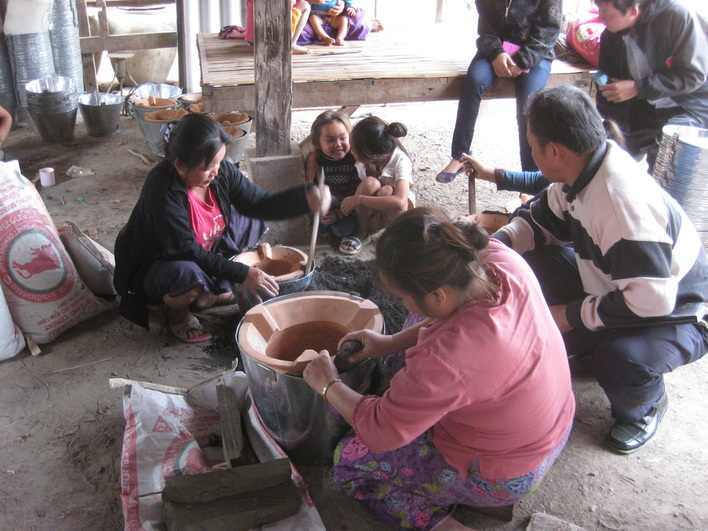
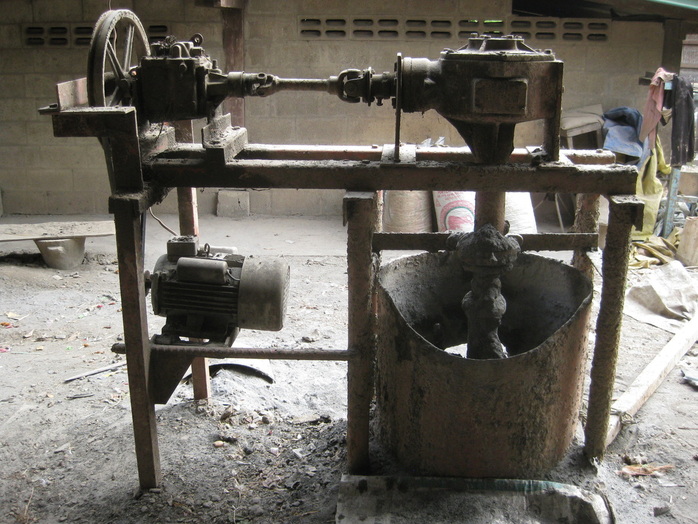
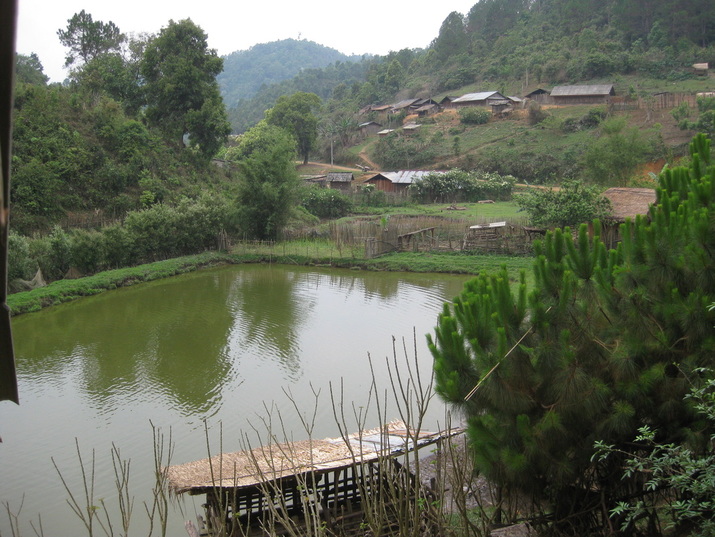
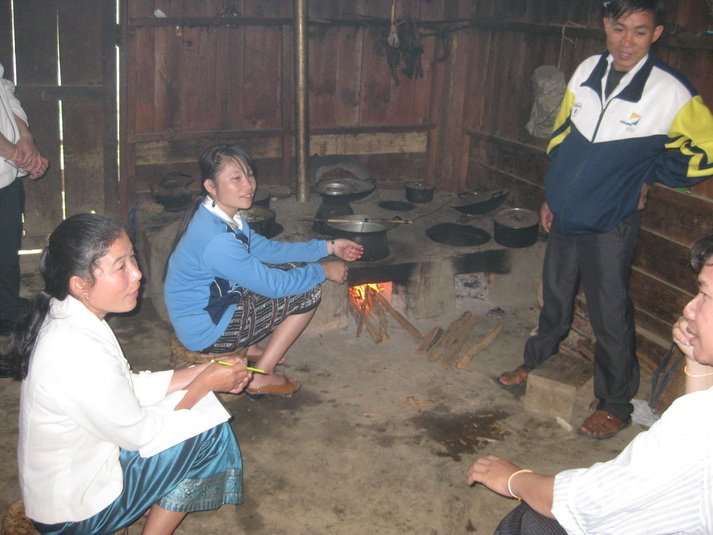
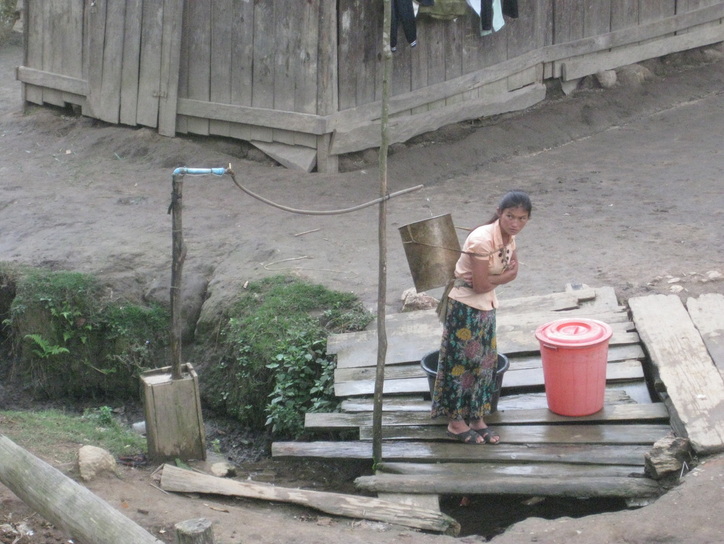
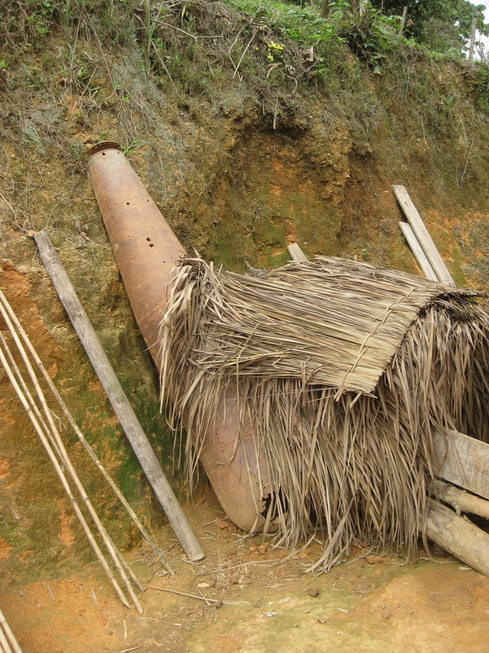
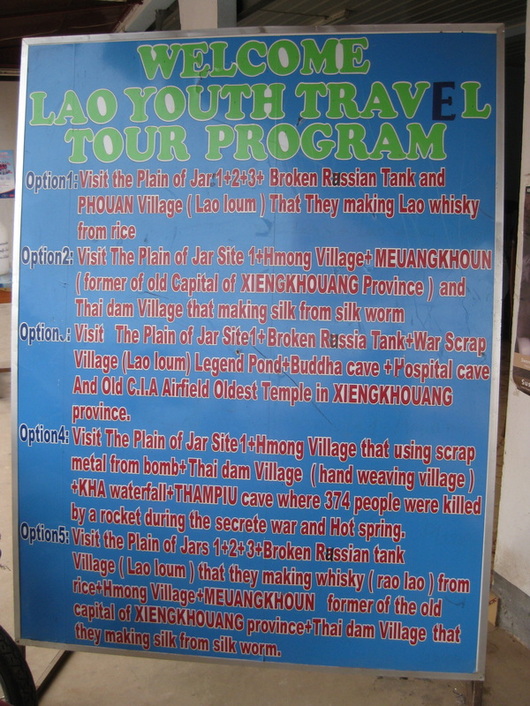
 RSS Feed
RSS Feed